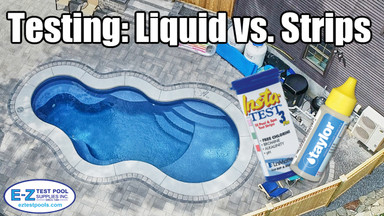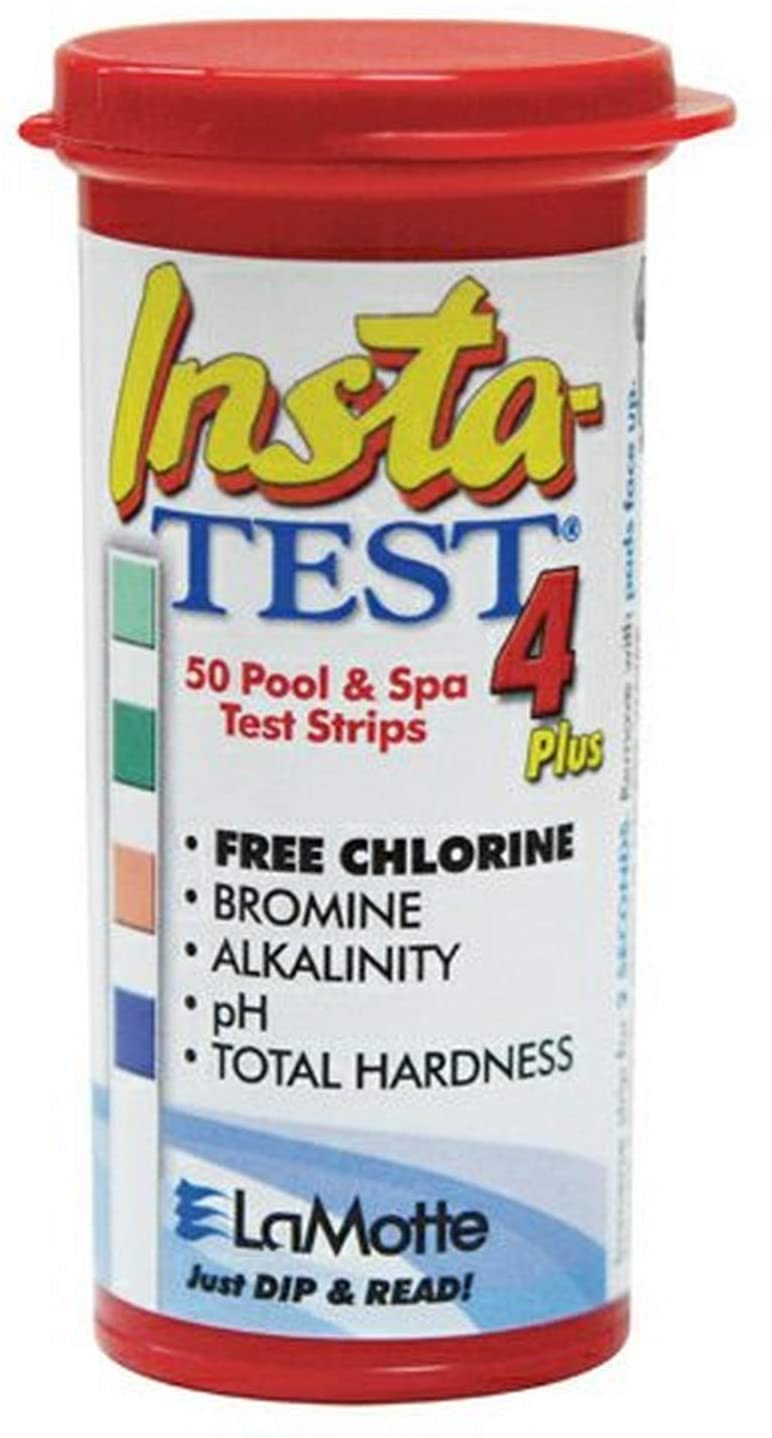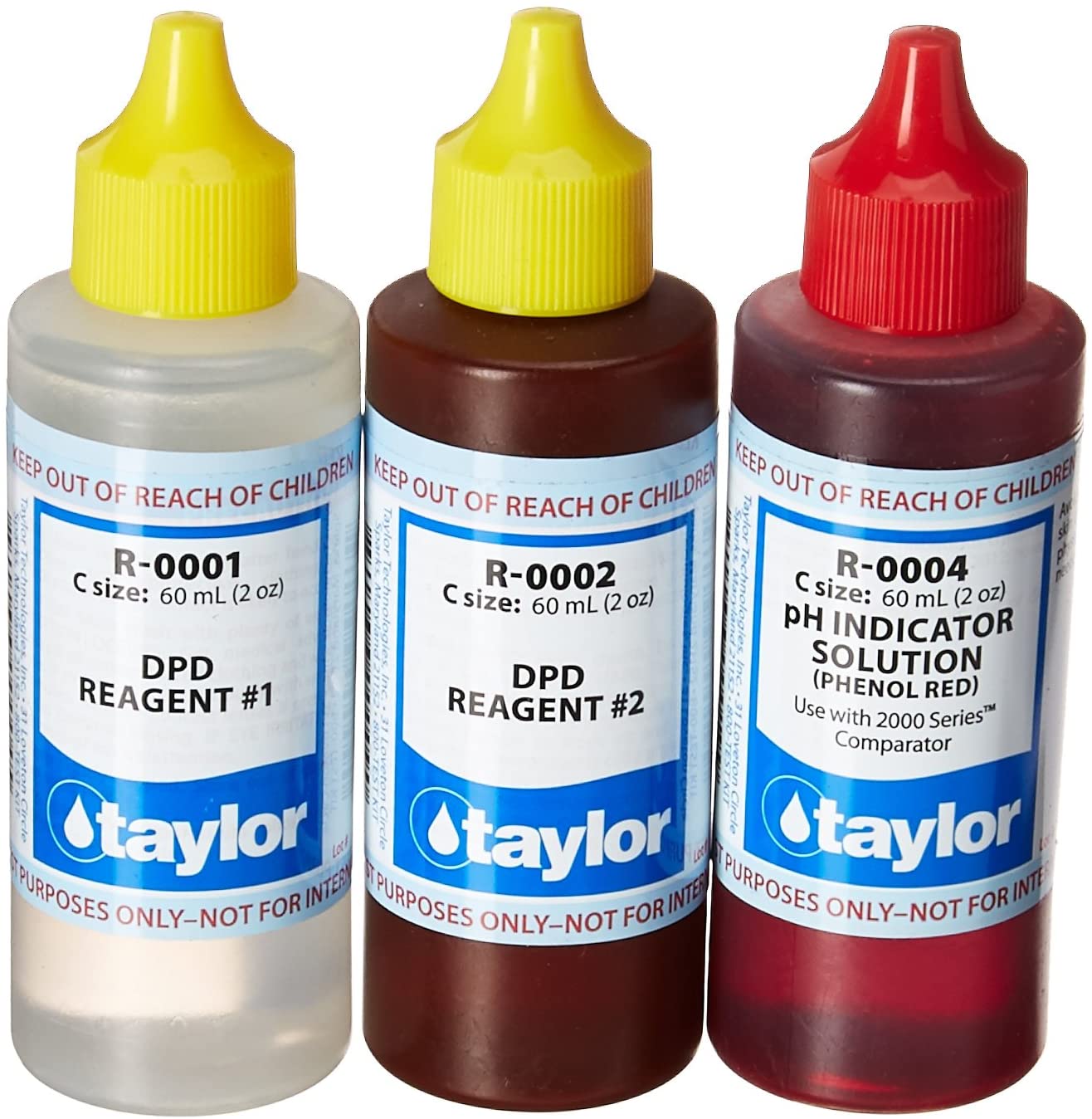Published by EZ Pool & Spa Supply on 05/15/2017
Testing Your Water: Liquid vs. Strips. Which Is Right for You?
If you’ve had your pool or spa for more than a couple of months and have maintained clean, clear, healthy water, then you already have been testing your water chemistry regularly as part of your maintenance routine. If you haven’t been testing, then you’ll want to start doing so right away so as to avoid problems brought on by chemical imbalance. By testing on a regular basis, you should be able to keep ahead of most issues BEFORE they become major problems. Testing and adjusting your water chemistry may seem overwhelming, but you don’t need a PhD in chemistry to keep your water balanced. All it takes is a test kit (whether you use liquid kits or test strips), and a regular schedule for testing and keeping up with adding the chemicals as needed. My assumption is either you’re trying to figure out which of the two types is better for you, OR you already have an opinion. In this blog we’ll explore your testing options and what the advantages and disadvantages there are to both types of tests.
Here are some of the questions we’ll discuss in this blog –
What are the types of pool and spa water testing kits available for home use?
What is the difference between how liquid testers and test strips are used?
Are there any advantages to using one type of testing over the other?
Which type of water testing should I use?
|
OTO-PHENOL (LIQUID) KIT |
|
|
|
DPD (LIQUID) KIT |
|
|
|
TEST STRIPS |
|
|
Which Kind Should You Choose?
Of the two main types of testing available to consumers, liquid reagent testing has been around the longest. Many of you may be familiar with the dual test kit, using OTO (chemical name, orthotolidine) and phenol red, which although not as popular now, used to be the standard testing method for both pools and spas. Using two separate containers to put the sample water into, both chlorine and pH levels can be determined by adding a specified number of drops of each reagent into a measured amount of water. The water samples will then change color and depending upon the shade of the color, when compared to the graded color chart, will correspond to the correct reading as to chlorine in parts per million (ppm) and pH level. For liquid testers, this was the only type available for many years until the advent of the liquid DPD (N N Diethyl-p-Phenylenediamene) test. The same general techniques are used with the DPD test, however the DPD test will give more accuracy and allow you to measure free chlorine (the effective, useful form of chlorine), whereas OTO simply gives total chlorine levels. Remember, total chlorine is simply the sum of the good, effective chlorine available to do its job of sanitizing the water, AND combined chlorine – this is simply spent chlorine bound up with organic waste thereby rendered useless, and needing to be burned off. Another advantage of the DPD test kit is that it will typically also test for more chemical levels than the simple OTO-Phenol kit, giving such readings as total alkalinity, calcium, cyanuric acid (chlorine stabilizer), to name a few.
The second, and by far, more popular method of testing water is the test strip. Test strips originated in the 1960’s from their use in the medical diagnostic field, where they quickly came to replace many liquid reagents while performing medical lab testing. Depending upon how these are used, test strips can be just as accurate, or more, than liquid testing methods. Since the user only needs to briefly dip the strip into the water and compare to a color chart with corresponding chemical readings, this has become the test method of choice for the overwhelming majority of pool and spa owners. Add to this the fact that now the average consumer can test for other chemical levels such as calcium harness, chlorine stabilizer, etc. and you have a test method that is simple, fast and able to give quite a bit of information not easily available previously.
To help you determine which method is best for you, see the chart below comparing each type of test and the advantages and disadvantages associated.
Generally speaking all of these test methods have their pluses and minuses, so the most important thing is that you find and use the type of test that you are most comfortable with using. So long as you use the testers according to the manufacturers’ guidelines, it is best to choose the type you are most comfortable and have the most confidence using. It is also recommended that you periodically (at least once per month) take your water to a pool and spa professional that uses quality test equipment, if for nothing else than to confirm that your test results are accurate. In this way you can cross check your results and insure the most accuracy.
No matter which type of testing you prefer to use, here are some additional guidelines and recommendations to keep results accurate:
- Always use fresh strips or reagents. Check the manufacturer’s guidelines for how long these are expected to be accurate. Most manufacturers will recommend disposing of liquid reagents after 1 year and test strips after 2 years. NEVER USE OUTDATED SUPPLIES!
- Avoid storing strips or reagents in extreme temperature or high humidity conditions – a temperature range of 40°- 85° F is the general consensus. For this reason strips or reagents are best kept in a drawer anywhere inside your home.
- Be sure to store all test kits, strips and liquid reagents out of direct sunlight. Not only will the UV light begin to degrade the product, but the prolonged exposure to sunlight will also fade the comparison color charts used to read the results.
- Keep all containers tightly sealed or capped. Leaving containers open will quickly oxidize the contents and make for inaccurate test results.
- Retest any reading(s) immediately when test results appear very inconsistent with recent tests. Although chemical do change over time, it is possible that even the best testing supplies and equipment may have an occasional misread. In short, when in doubt trust your gut and retest (even using a different method).
The key here is to use good quality testing products that you are most comfortable with, using them correctly, testing your water consistently at home (about twice per week) and periodically by a pool professional (one to two times per month). Keeping these habits will result in a cleaner, clearer pool or spa and an increased familiarity with chemicals and maintenance process.








